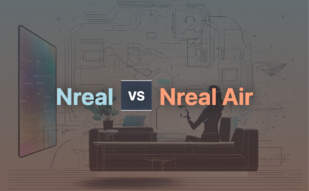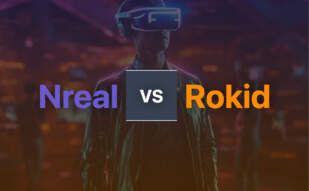For immersive AR/VR experiences, Nreal is the ideal choice. Although comparably pricier, it provides superior graphics and performance. It’s perfect for software developers, graphic designers, or researchers seeking mixed reality systems. If your priority is content marketing and Google pinnacle achievement, TCL is the preferred option. It relevantly excels in developing interactive and visually spectacular 3D applications.
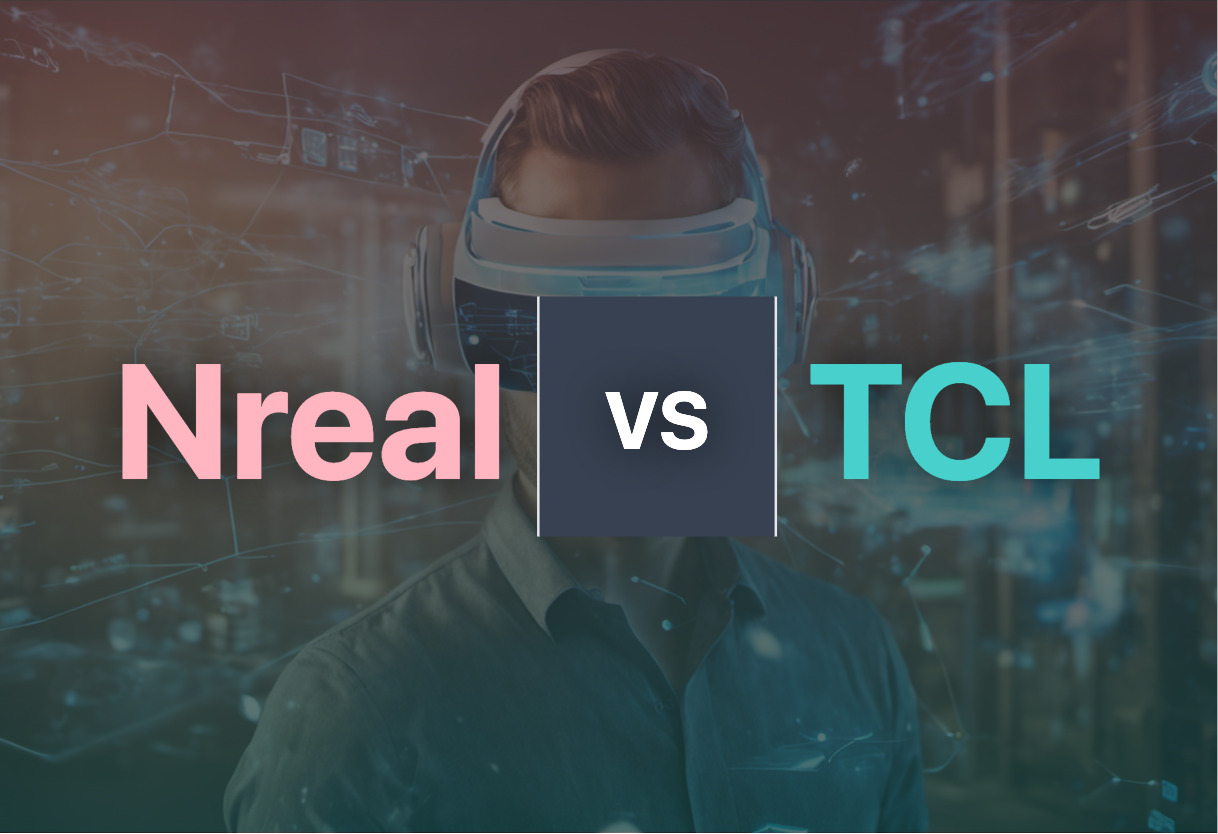
Key Differences Between Nreal and TCL
- AR/VR Tech: Nreal combines AR and VR to create mixed reality systems. In contrast, TCL focuses on AR/VR content marketing.
- Applied Fields: Nreal is prevalent in software development, graphic design, and research. TCL shines in gaming, animated films, TV series, and visual effects.
- Platform: Nreal’s tech includes devices like headsets and mobile. TCL involves a suite of 3D application tools and large screen TV sets.
- User Experience: Nreal offers immersive graphics and interactive digital-physical object connection. TCL leverages machine learning for 4K HDR visual optimization.
| Comparison | Nreal | TCL |
|---|---|---|
| Type of Technology | AR/VR Tech | 3D Content Marketing |
| Application | Gaming, Marketing, E-commerce, Education | Video Games, Animated Films, TV Series, Visual Effects |
| Primary Focus | Mixed Reality Systems | 3D Interactive Applications |
| Usage Sector | Software development, Graphic Design, Research | Entertainment Industry, Graphics |
| Hardware Devices | Headsets, Smartphones | TV sets |
| Special Interaction | Interaction Digital-Physical Objects | Node-Graph Architecture, Import 3D models to game engines |
| User Experience | Immersive Simulations | Life-like HDR, Billion brilliant colors, 4K HDR Visual |
What Is Nreal and Who’s It For?
Nreal is an innovative technology company, pushing the boundaries of Augmented Reality (AR) and Virtual Reality (VR). The company’s work primarily focuses on creating mixed reality systems that combine visual and sensory immersion. The target audience for Nreal visually spans gamers, software developers, educators, graphic designers, and tech enthusiasts, who seek to experience or develop immersive digital environments.
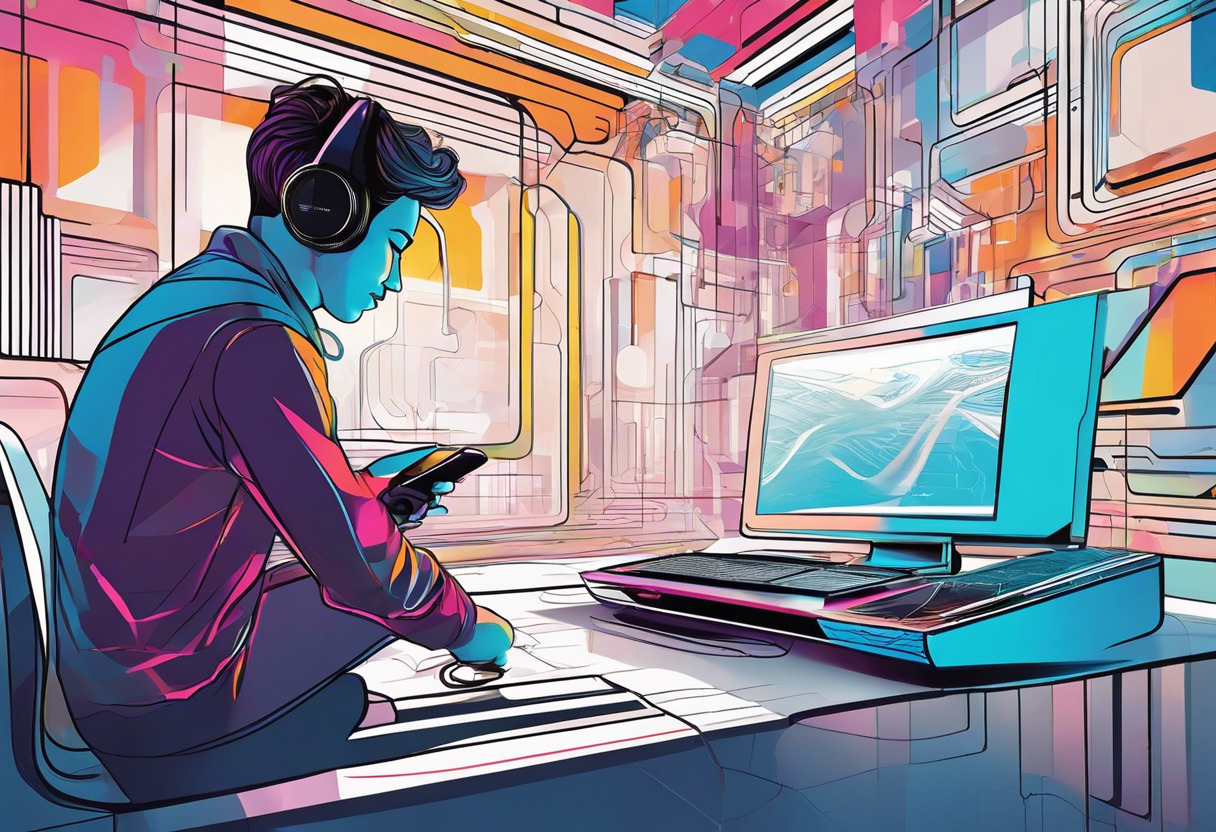
Pros of Nreal
- Combines AR and VR, creating mixed reality systems
- Supports interaction with digital-physical objects
- Uses advanced technologies like Spatial Anchors and Scene Understanding
- Enables high-resolution graphics rendering in user’s focused area
Cons of Nreal
- High cost due to technology and performance
- Dependent on compatible high-performance hardware
- May have a steep learning curve for the average user
What Is TCL and Who’s It For?
TCL is a market leader in AR/VR content marketing, renowned for developing technology for interactive 3D applications. With a history rooted in 3D software development for video games, animated films, TV series, and visual effects, TCL’s products are directed towards video game developers, animation artists, filmmakers, and content marketers seeking to engage audiences with immersive visual experiences.
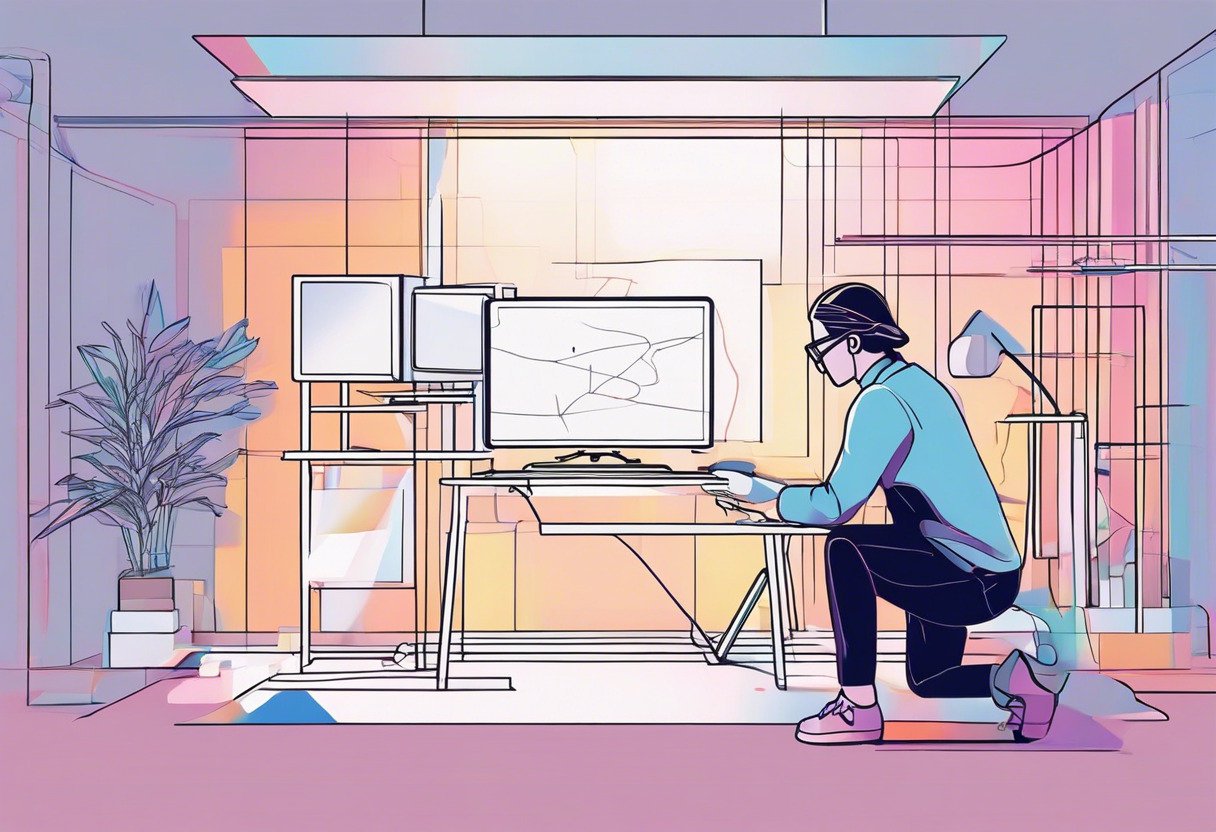
Pros of TCL
- Dedicated to AR/VR development and marketing
- Expertise in creating 3D models for various interactive applications
- Customizable UI developed in collaboration with Disney
- AiPQ Engine enhances 4K HDR visual experience
Cons of TCL
- Requires knowledge of Autodesk and 3D modeling
- High-end TCL products can be expensive
- Some features require specific compatible hardware
The Verdict: Nreal or TCL?
Whether you’re an immersion enthusiast, a budding developer or a critical gamer, your escape to virtuality depends on choosing the right AR/VR technology. Nreal and TCL both offer formidable options, but which one you choose can drastically shape your experience.
Developers and AR/VR Creators
For developers, Nreal emerges as the definitive choice. The hybrid AR/VR capabilities, coupled with features such as Spatial Anchors, Scene Understanding, and Stereoscopic color Passthrough, amplify development possibilities. Opportunities to interact with physical-digital objects and fine-tune high-resolution graphics also make Nreal a powerful tool for AR/VR creators.

Game Makers
TCL makes a compelling argument for game makers. With an excellent track record in creating game assets and credits for winning the Best Visual Effects Academy Award since 1997, TCL’s performance and reliability are hard to contest. Moreover, low input lag, support for 144Hz, and AMD FreeSync Pro imply a seamless pipeline for game creation and testing.
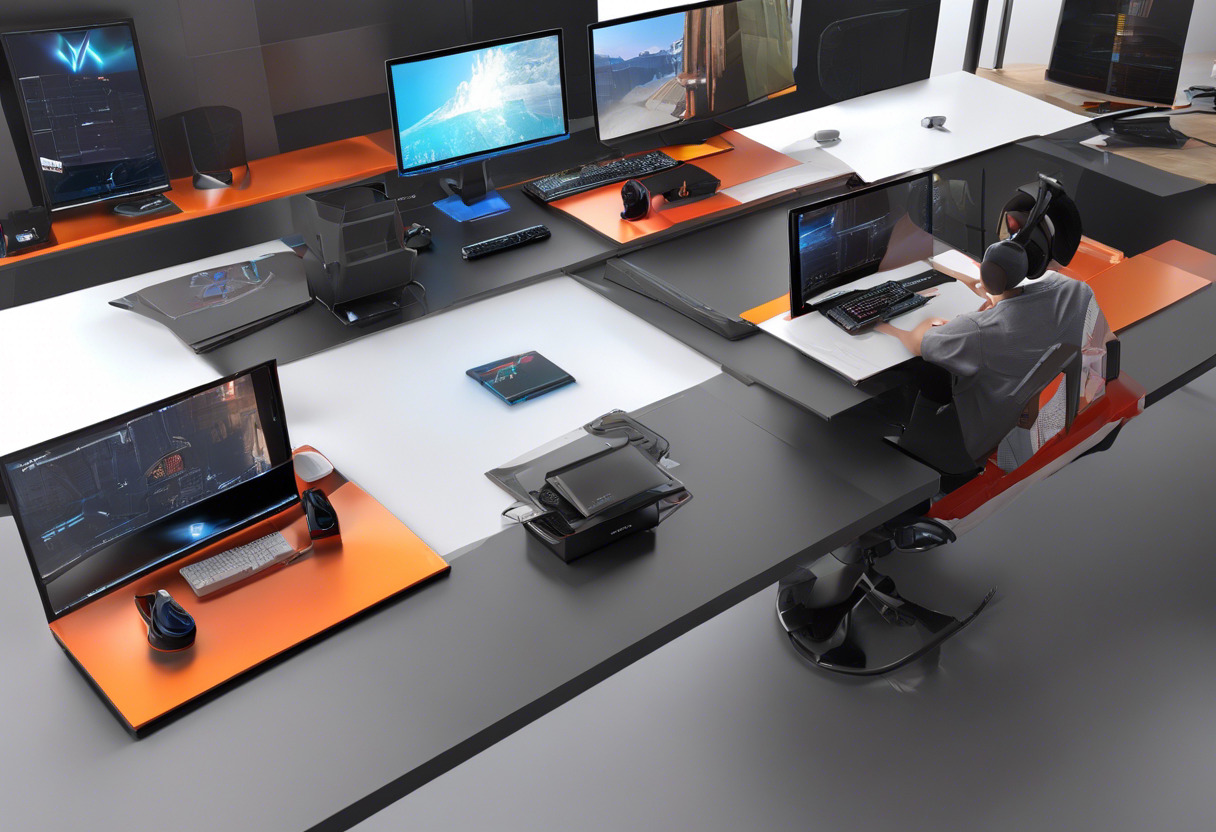
Tech Enthusiasts
Nreal’s Infinite Display and mixed-reality promise beckon tech enthusiasts to explore the future of VR/AR. From high-resolution graphics to 3D space recognition, Nreal’s advanced-tech features meet the thirst for cutting-edge experiences. TCL, with its cinema-like gaming environment, lures enthusiasts keen on graphics & performance, but falls short against Nreal’s innovation.
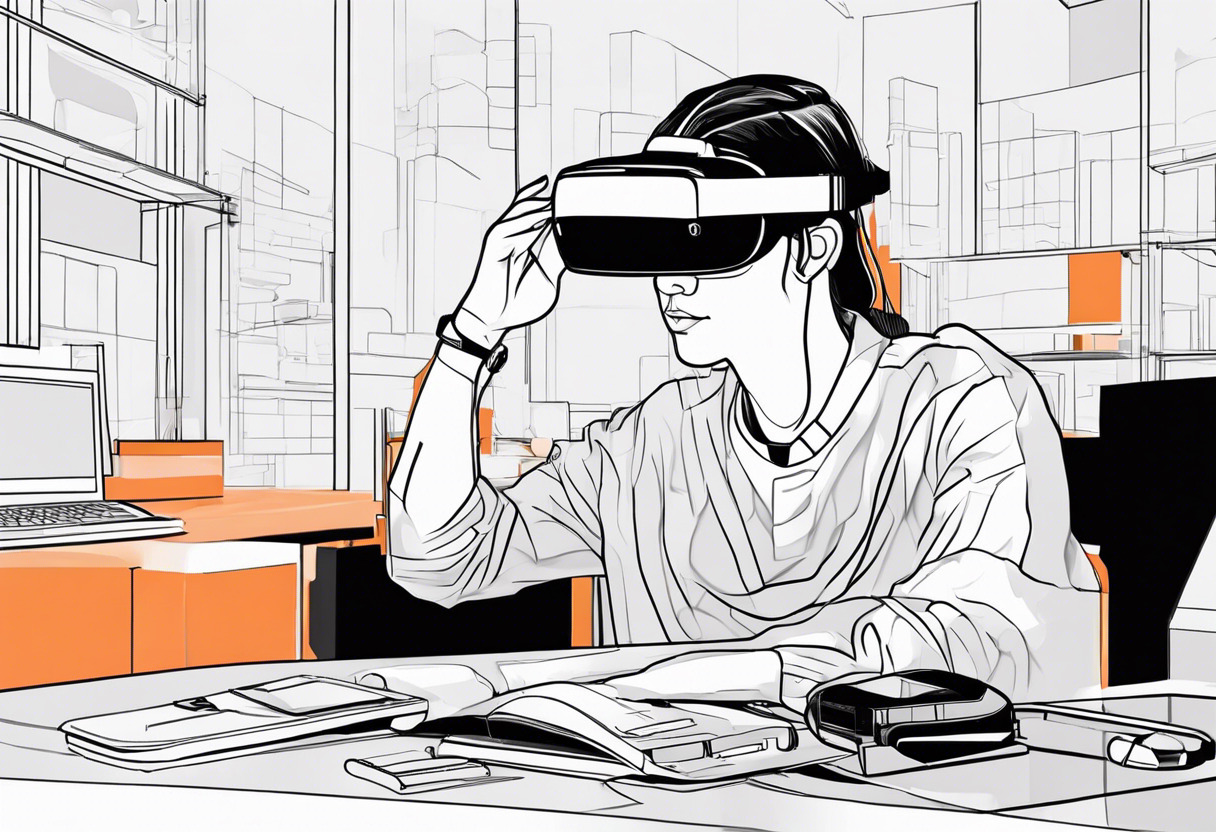
In the epic showdown of Nreal vs TCL, developers ardently align with Nreal’s mixed reality while game makers veer towards TCL, acclaimed for asset creation. Tech enthusiasts, however, rest their faith in the futuristic realm of Nreal.
Hannah Stewart
Content writer @ Aircada, tech enthusiast, metaverse explorer, and coffee addict. Weaving stories in digital realms.



